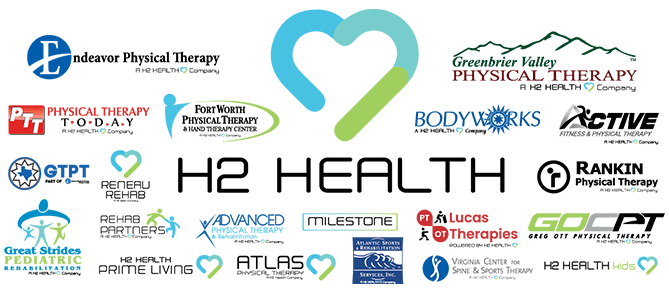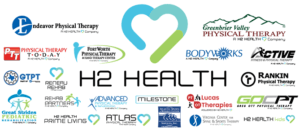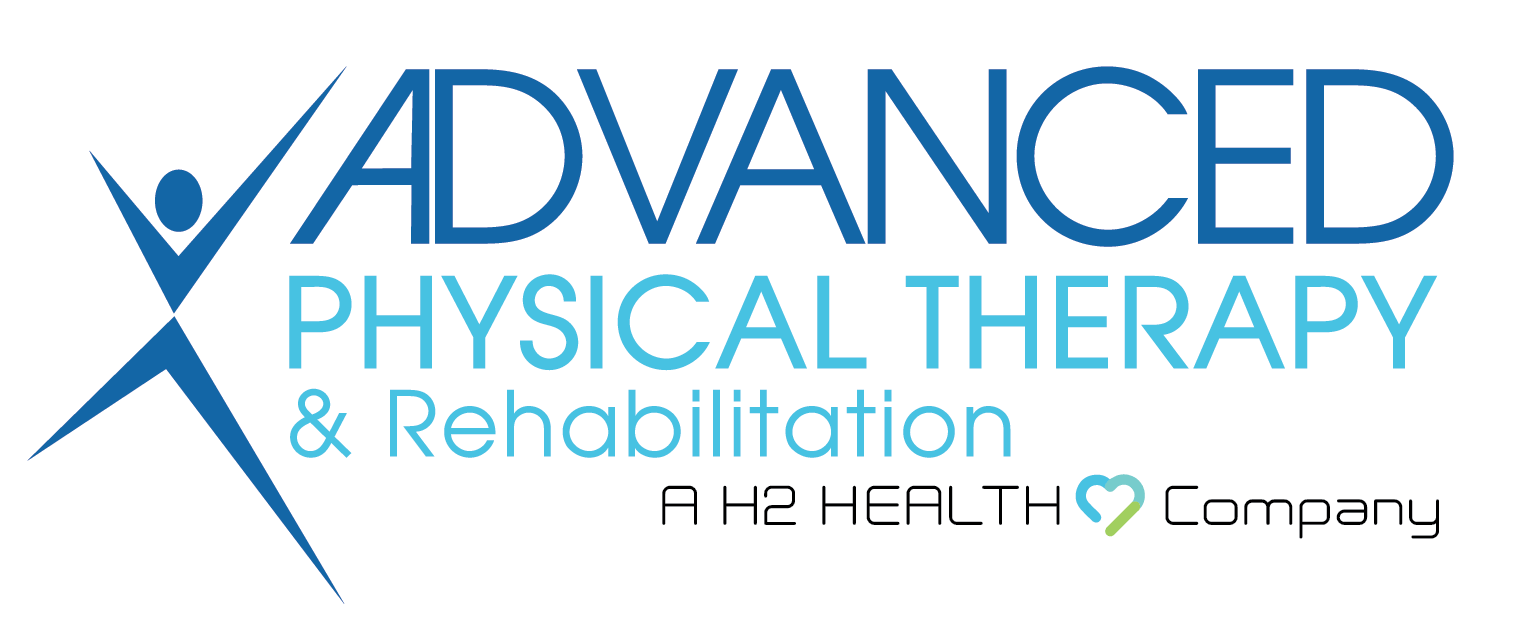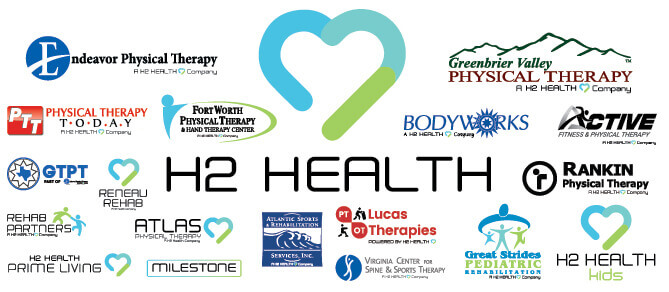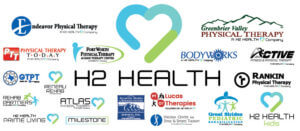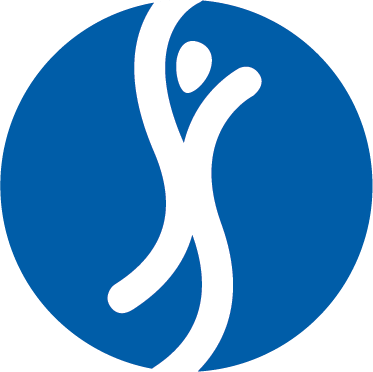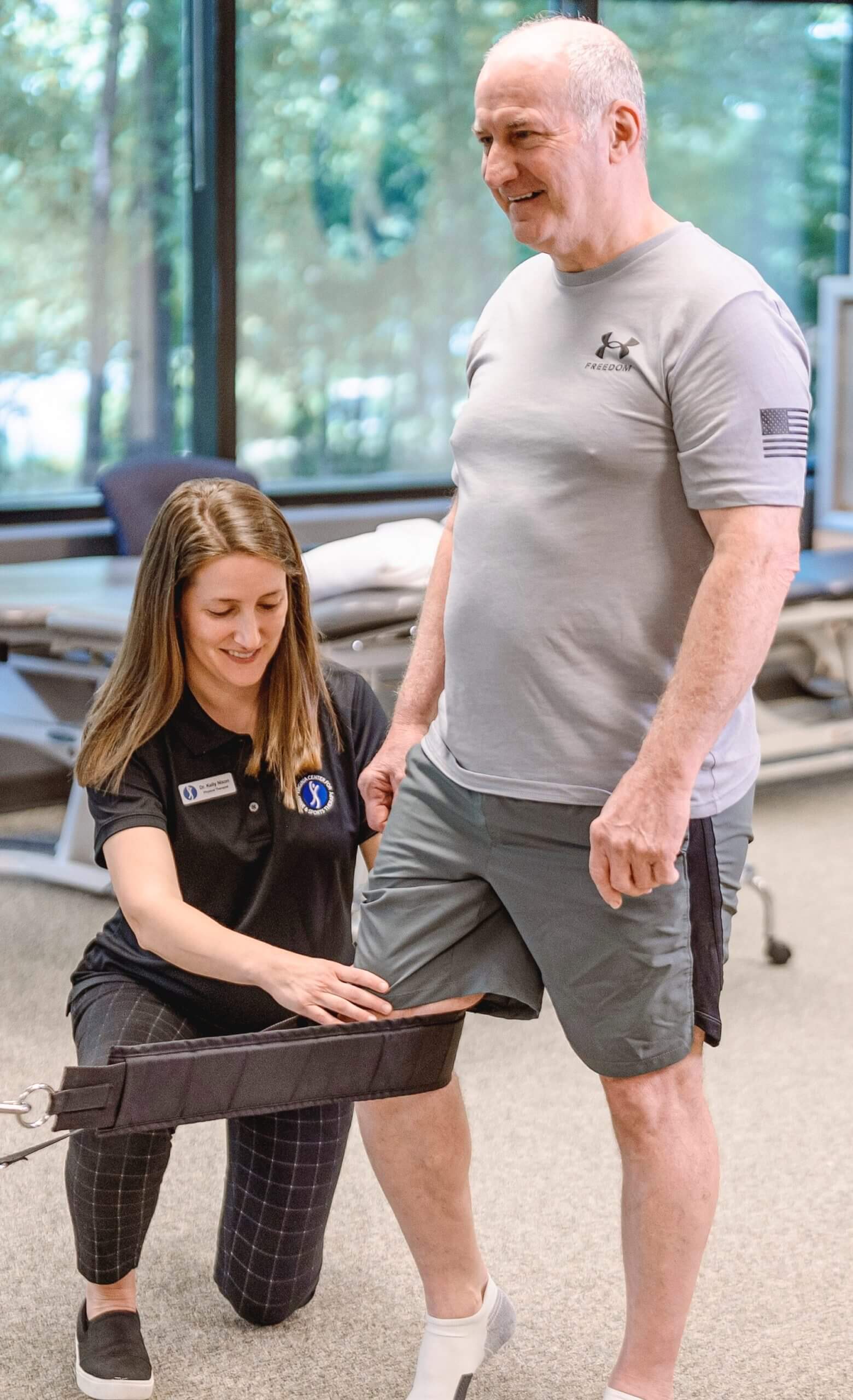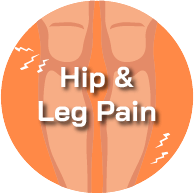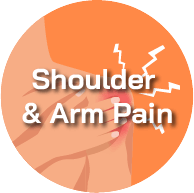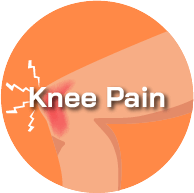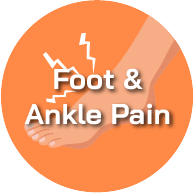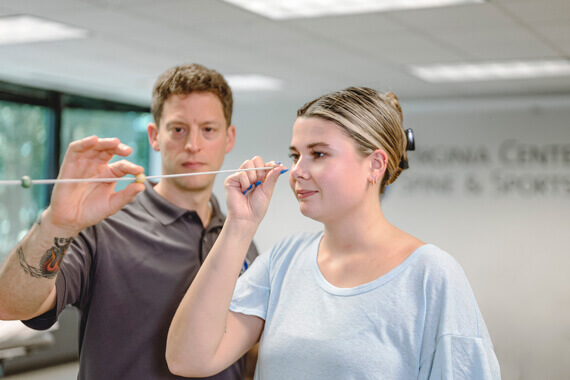-
Don't Know Where To Start?
Talk To The Experts!Request an Appointment
-
Feel, Move, Play, Live Better!
Partnering with H2 Health
Virginia Center for Spine & Sports Therapy has partnered with H2 Health, a fast-growing national outpatient physical therapy company. Martin & Maryann Dominguez founded VCSST with a goal of integrating total body mobility, core strengthening, functional motor control, movement strategies, and patient education, as well as addressing the powerful mind-body connection. H2Health’s mission aligns – to create a healthcare environment where employees and clients love to be. Their sense of family and prioritizing the local community empowers clinicians to provide individualized care with the goal always being to get patients back to life, doing what they love. We honor our Founders, Martin and Maryann, for their dedication to compassionate patient care and for cultivating a family-like environment of patients and staff.
Services
We believe in a patient-centered model of care, which can only be delivered one patient at a time. Our Physical Therapists have the highest levels of advanced post-graduate training available in the field. Our eclectic approach extends beyond traditional Physical Therapy by integrating total body mobility, core strengthening, functional motor control, movement strategies, patient education, and addressing the powerful mind-body connection.
Our partner clinic, H2 Health in Richmond, provides workers' specific therapy including FCEs, work hardening, and work-related injury recovery.
Learn more about their location
Patient Reviews
322 5 Star Reviews!
No Prescription. No Problem.
You have a right to make your own healthcare choices!
Virginia law gives you, the consumer, the right to obtain Physical Therapy services directly, without requiring a prescription from a physician. This update allows patients greater access to healthcare services in a more timely and cost-effective manner. This greatly empowers people with control over their own care and keep their costs down.
Common Questions About Direct Access
Simply call us directly and make your Physical Therapy appointment at your convenience. When you arrive, you will be given a Direct Access Patient Attestation Form to complete on which you will indicate whether you have seen a physician for this problem. If so, your physical therapist will send a written report of your condition to that physician with your permission.
You can see a physical therapist of your choice without a prescription. There is no time limit!
Our Doctors of Physical Therapy can proficiently evaluate and manage musculoskeletal conditions, movement disorders, functional limitations and disabilities related to pain and movement functionality. Doctors of Physical Therapy are educated in identifying patient conditions which are outside of the scope of Physical Therapy practice and will refer you to the appropriate health care provider immediately, if indicated.
In most cases, your insurance company will cover therapy services as usual, but feel free to call us or check with your insurance company directly.
Patient Resources
Have an appointment scheduled already?
We are excited to have you as part of our therapy family! Click the button to download our New Patient Packet and complete this prior to your first appointment. Please bring your completed paperwork, your ID, and insurance cards with you to your appointment to save time and expedite care. We look forward to seeing you soon!
